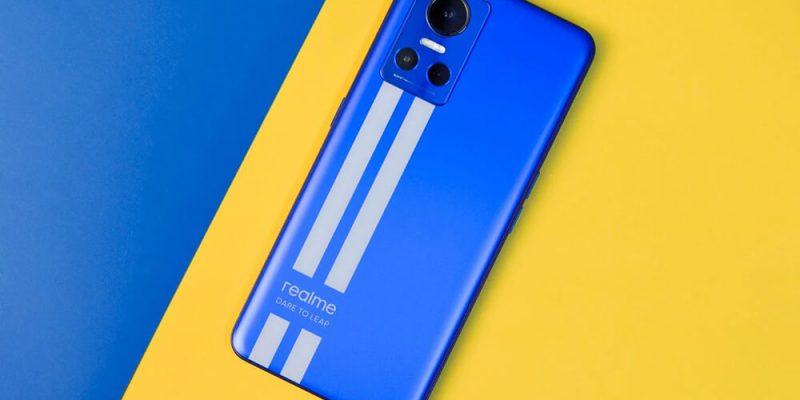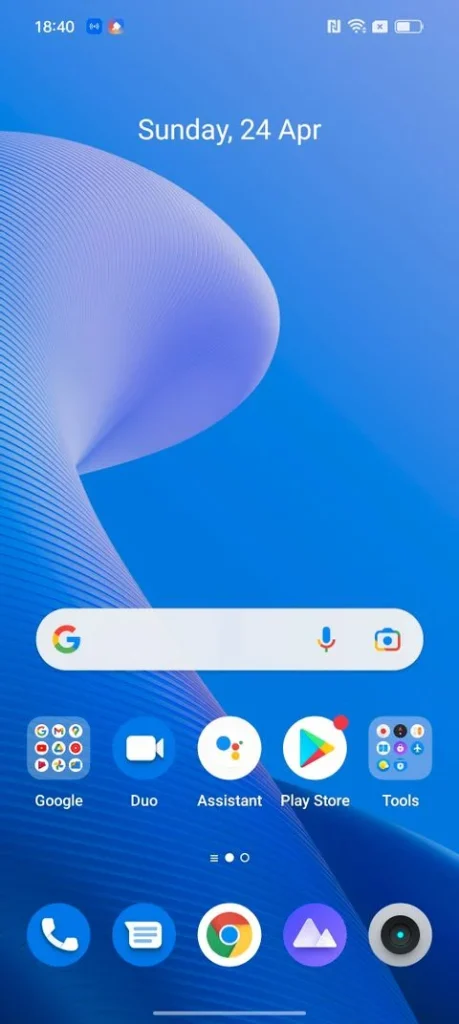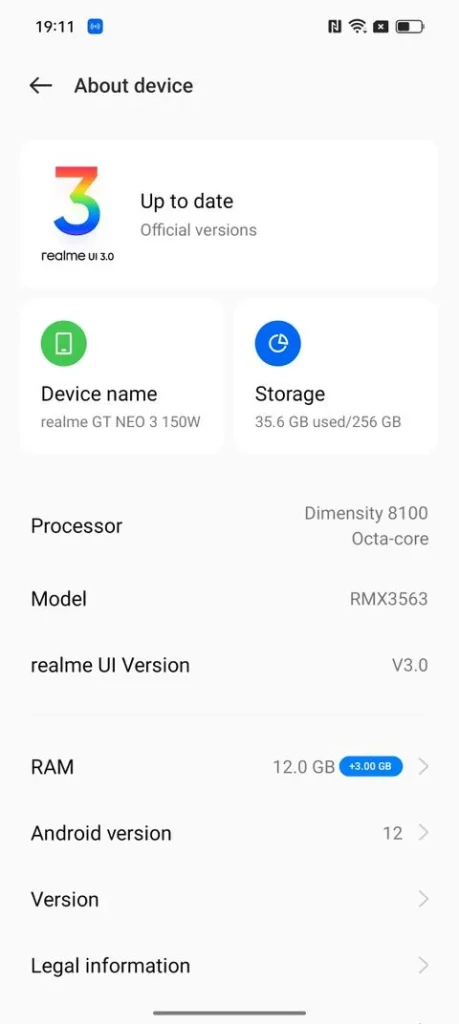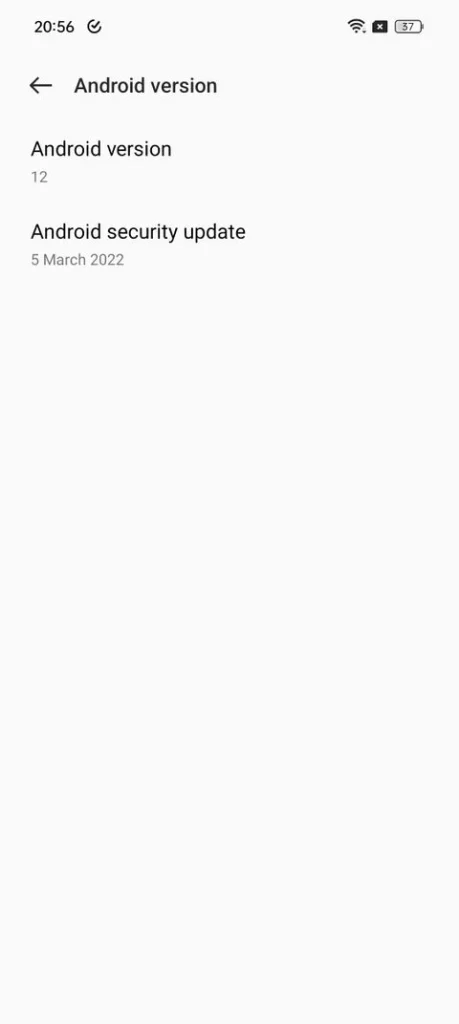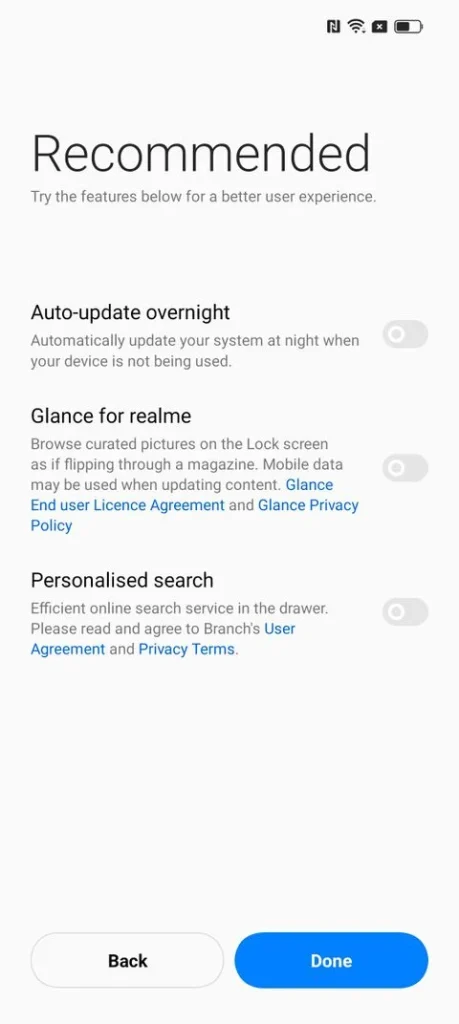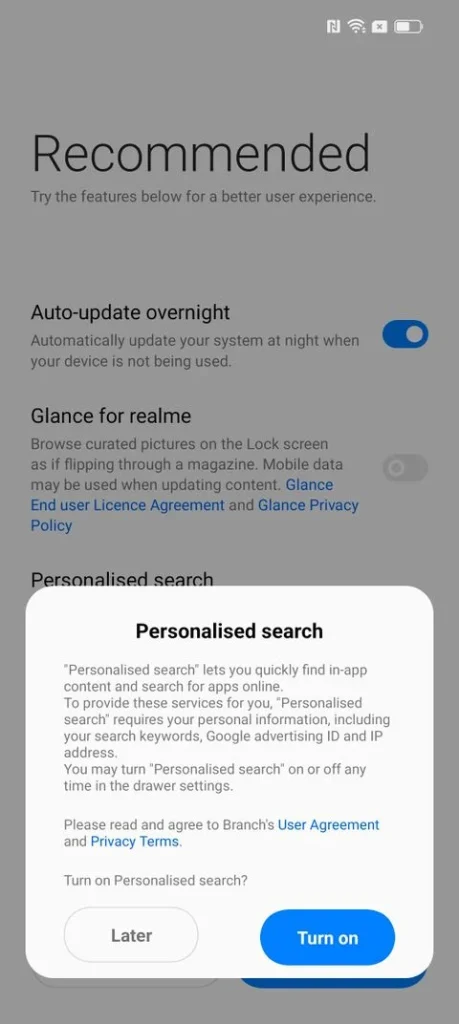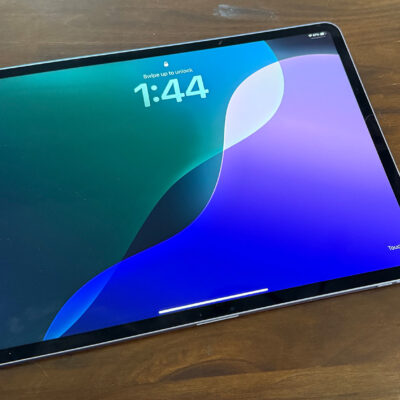Realme GT Neo 3 review: A phone that earns its racing stripes
Realme GT Neo 3
Specifications
- CPU: MediaTek Dimensity 8100
- Display: 6.7-inch OLED, 2400 x 1080p, 10-bit, 120Hz, Gorilla Glass 5
- RAM: 8/12GB LPDDR5
- Storage: 128/256GB UFS3.1
- Battery: 4500/5000mAh
- Ports: USB Type-C
- Operating System: Realme UI 3.0 based on Android 12
- Front camera: 16MP f/2.45
- Rear camera: 50MP IMX766 OIS f/1.88 (main), 8MP 119º f/2.25 (UW), 2MP (macro)
- Connectivity: Dual 5G, Wi-Fi 6, Bluetooth 5.3
- Others: Stereo speakers, in-display fingerprint reader
- Dimensions: 163.3 x 75.6 x 8.2mm
- Colors: Blue, white, black
- Weight: 188g
- Charging: 80W or 150W, charger included
- Price: Starting ₹36,999 (~$480)
Pros
- 120Hz OLED looks good and is bright enough
- The primary camera takes some pleasing photos
- Its stereo speakers sound full and impressive
- Reliable performance from the Dimensity 8100
- 150W charging is crazy fast — initially
CONS
- Realme UI comes with a ton of unnecessary apps
- There are a few bugs for Realme to fix
- It’s got a plastic frame
- Other cameras don’t offer much
For Realme, the GT Neo 3 represents a more affordable yet sportier alternative to its top-end GT 2 Pro. While the phone does make a few trade-offs to get to the sub-₹40,000 price bracket, it also gets one feature that you probably haven’t even seen on a flagship phone. The GT Neo 3 can charge at an astonishing 150 watts, which can juice up half the battery in merely 5 minutes! This insane charging speed may be the highlight of this phone, but there’s much more that it gets right for its price.
Design, hardware, and what’s in the box

The term “GT” usually connotes a sense of speed wherever you get to see it, and on the Realme GT Neo 3, it’s manifested using white rails running from the top to bottom on a vivid blue back. While I’m personally not a fan of this look, the phone sure draws some attention, and a couple of people even enquired about the phone. If you’re convinced by the GT theme but not this colorway, you also get a subtler white shade, which gets the same treatment with black rails, or you can go with the plain black option, too.
No matter the color, you’ll get an anti-glare glass back that feels smooth with a matte finish. However, the frame is made of plastic, which is a bit unusual for a phone of this price. I have no complaints with the build quality, though, since the phone feels solid and is comfortable to hold. But I did notice that it is a bit top-heavy, probably because it houses a smaller 4500mAh battery (versus 5000mAh on the 80W model). Realme has used a rubber gasket on the SIM card tray (and hopefully around the ports, too), though the phone still lacks an official IP rating, which you get with the Galaxy A73 and the Pixel 6a.

The pair of stereo speakers on the phone sounds fantastic. They’re loud, clear, and don’t act up even at high volumes. While the earpiece still doubles up as the second channel, there’s an additional vent on the frame for the sound to come through, helping balance the audio output. Balance issues are a constant headache on other phones that use this configuration like the Pixel 6. Realme has seemingly also worked on the haptics of the phone, and the vibrations now feel pretty sharp and responsive for the price.

Inside the box, you get a beefy 160W adapter, which also supports standard PPS and PD charging, along with a high-quality USB-C to USB-C cable, a clear case, and the Realme GT Neo 3 itself.
Display
There’s a nearly bezel-less 6.7-inch 10-bit OLED screen on the front that can refresh at 120Hz. It looks vivid, as is characteristic of OLEDs, and you’re going to have an enjoyable time if this phone is going to be your primary entertainment device. The screen also gets plenty bright, so visibility won’t be an issue even outdoors.
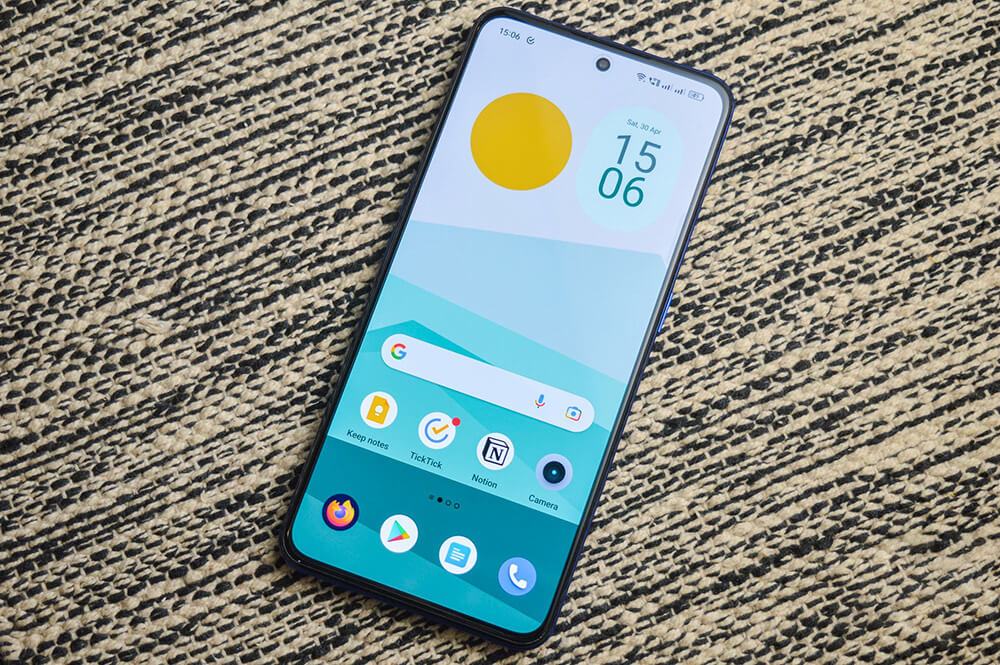
However, it could use some tuning because the default color profile is noticeably warm (with a tinge of pink). When playing HDR videos, the phone automatically switches to the Natural profile adding a yellow tint to the screen, which gets annoying after a point. Auto brightness is finicky, too, sometimes randomly increasing the brightness when in low light, only to get back to a proper level a couple of seconds later.
Software and performance
The Android 12-based Realme UI 3.0 on the GT Neo 3 is exactly like what you get on any recent Realme phone. Despite being an upper-mid-range phone, the GT Neo 3 still comes with the same amount of bloatware as a budget phone—that is to say, too much. Local social media apps like Josh and Moj are forced on you along with something called Hot Apps to show app suggestions (read: ads) inside homepage folders unless it’s disabled. Then there’s the irritating lockscreen advertisement app Glance, which shows up if you accidentally right swipe on the lock screen, even if you’ve explicitly turned it off.
Besides the well-known bloatware situation, Realme UI also has a few bugs here and there. For instance, the phone got stuck during an ongoing call and showed nothing but a blank white screen. On a couple of occasions, the YouTube app looked quite a bit jittery, like it was rendering at no more than 15 frames. Some of the bugs have been patched after a recent update, but ones with the display I mentioned earlier have persisted.
The GT Neo 3 uses the MediaTek Dimensity 8100, a top-tier SoC right alongside the Snapdragon 888. That’s why the phone flies when it comes to your everyday apps and has no issues multi-tasking and keeping several apps open in the background.
As for the gaming performance, the phone handled Asphalt 9 and Call of Duty without breaking a sweat, and the battery drain was also minimal. The handset, however, did get quite a bit warm when I pushed it to the limit with Genshin Impact running at 60fps, which can in part be blamed on the harsh north Indian summers. Still, it handled the game gracefully and maintained a good framerate throughout.
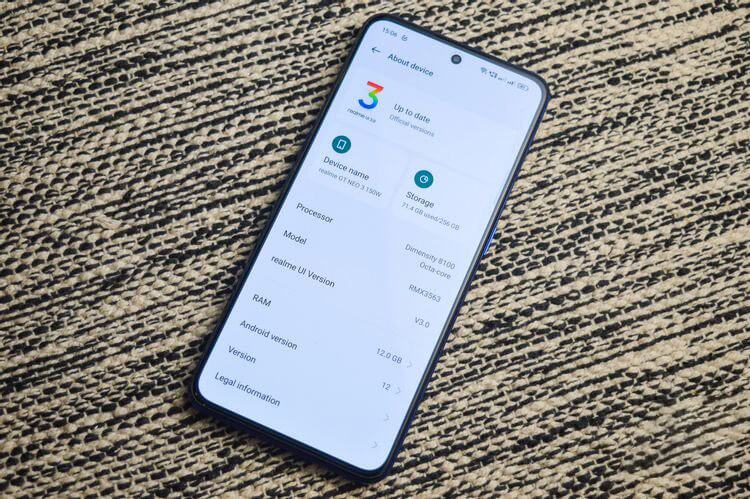
One drawback is that very few games have been optimized for the 8100 GPU.I could either max out the graphics quality or the frame rate — not both — on Asphalt 9 and Call of Duty. There’s a dedicated GT mode that boosts the performance and even enables 90/120fps gaming, but Dead Trigger 2 is the only title that could use that capability. The performance without the GT mode is enough for most things, and I never felt that I absolutely needed to turn it on.
Battery life and charging
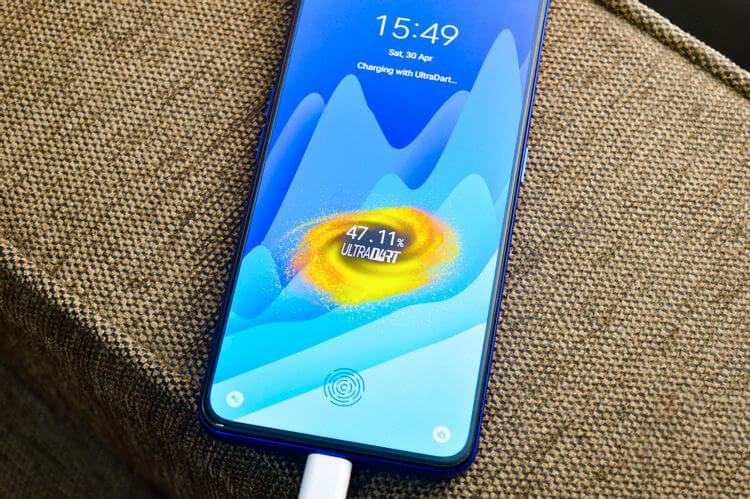
While the Realme GT Neo 3’s performance is as good as any other high-end phone, the star of the show is its blazing-fast 150W charging capability. True to Realme’s claim, the phone went from 5% to 45% in an astonishing 5 minutes flat. That is more than fast enough for a quick recharge right before leaving home. The phone achieves these initial speeds when the dedicated Rapid charging mode is enabled, and without it, the phone only takes a few minutes more.
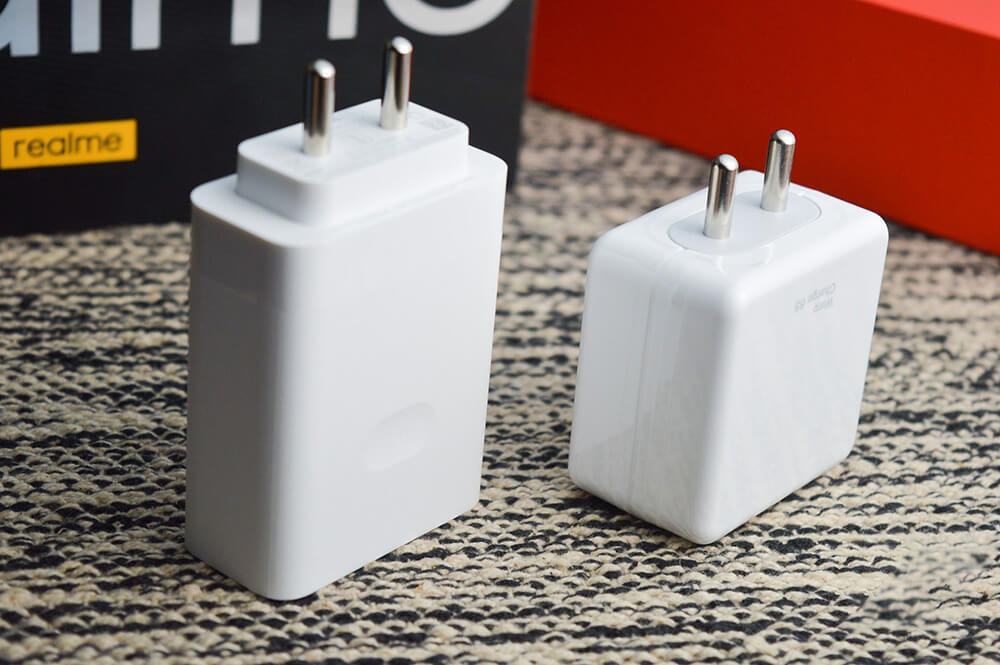
For a full recharge from 10%, the phone takes a little over 20 minutes, which isn’t as dramatic as the initial 50%, but it’s still faster than anything else on the market. Interestingly, the phone takes less time (about 19 minutes) to completely top up the phone when the Rapid charging mode is off. Both the phone and charger constantly adjust the current inflow to optimize charging and keep the temperature in check, so the actual time may vary considerably depending on the environment and if the phone is in use.
Realme assures us that the battery can maintain 80% of its health even after 1600 charge cycles, which is more than double the industry standard promise of 500-800 cycles. The battery is also TUV Rheinland certified for extra peace of mind.

But the best part has to be the 160W GaN adapter provided in the box. It supports both PPS and PD standards and isn’t too big despite the power it’s pushing. This is the only charger you’d need to carry for all your USB-C devices, including laptops. Something like this could easily run you at least ₹5,000 if purchased on its own.


As for the battery life itself, the phone is able to last for a full day with about 6 hours of screen on time on moderate use. The screen time isn’t particularly remarkable and will drop further if you put the phone under heavier loads. Realme also offers a variant with a 5000mAh cell, but it comes with only 80W charging, which I think would be a worthwhile tradeoff.
Cameras

The GT Neo 3 uses Realme’s trusted IMX 766 for its primary 50MP sensor, which we’ve seen on a bunch of OnePlus and Realme phones, including the Realme 9 Pro+ and the OnePlus 9RT. Generally, this camera is slotted a couple of notches below the bleeding-edge flagship cameras, but it’s still miles better than what your average mid-range phone has to offer.
For the images taken in daylight, I had little to complain about. Everything looks sharp, and the phone captures a lot of details that are visible even when you zoom in. The colors are slightly on the boosted side, but many people are going to prefer that kind of tuning. Indoors, the photos look as good as outdoors, but this is when you’ll notice how contrast-y the shots look. Indoor lighting can sometimes throw off the camera’s white balance, causing it to vary in two shots of the same subject. This is also the case with the Auto HDR mode, although the difference is visible only if you look closely.



The camera takes no time to snap photos (except in night mode), which is good to have if you tend to snap and go. But there’s a slight chance it may not have taken the sharpest photo. The main shooter does have OIS, but it can handle shakes only to a degree and isn’t as capable as what you get on flagship handsets. If you have shaky hands like me, you’ll need to take extra care when pointing the camera, especially when the lighting is less than ideal.
An 8MP wide-angle camera accompanies the main sensor and takes decent shots. Realme has managed to keep the edge distortion minimal, and even the colors it produces closely match the primary camera. It’s good for occasional landscape shots, but don’t expect too much detail from this sensor. There’s also a dispensable 2MP macro camera. Meanwhile, the selfie camera also takes above-average shots in good lighting but will make your face look painted with watercolors under low light.
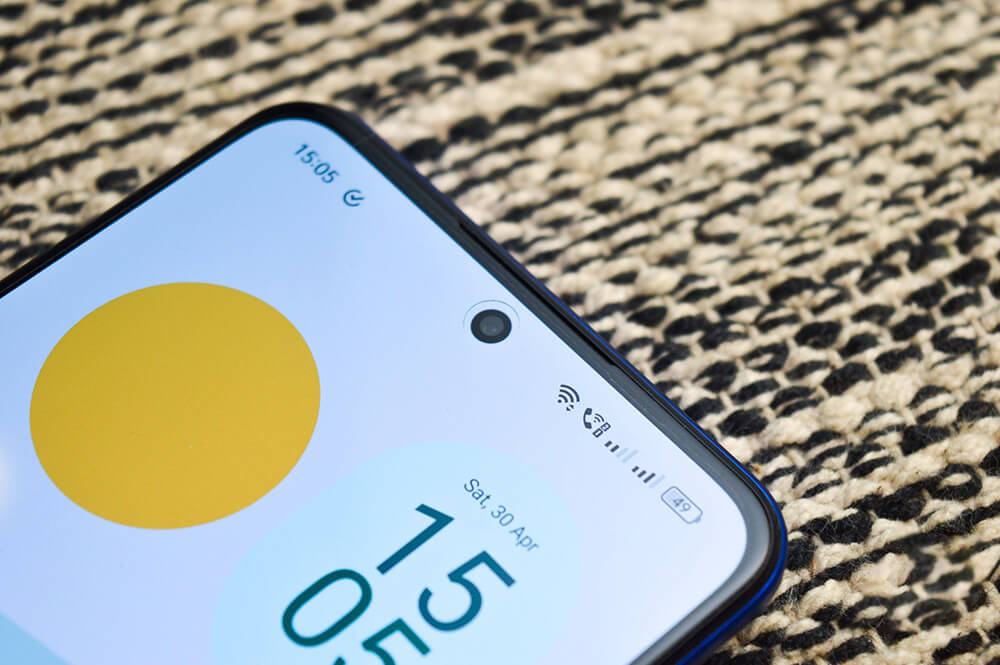
t’s a shame that Realme didn’t further experiment with the camera array, which could’ve made this phone stand out even more.
Should you buy it?
Sure. Despite some of my reservations, the Realme GT Neo 3 remains a solid phone that checks a lot of boxes. The handset gets the basics right, with a good display, reliable performance, and a capable primary camera. The cherry on top has to be its insanely fast charging speed. Even after spending days with the phone, I’m still surprised by how quickly the battery percentage goes up.
While the 150W charging is a nice perk, you’d be better off with the 80W charging option and the bigger 5000mAh battery for less money. The phone will also run a few degrees cooler while charging at a lower wattage.
Some things don’t work in the GT Neo 3’s favor. For example, Realme could’ve offered a more versatile camera system than what we have here, though that perk is still often reserved for pricier phones. But the bloatware situation on this phone is inexcusable, and Realme should have spent a little more time ironing out some of the bugs before releasing the phone.

Buy it if…
- You want a fantastic all-rounder on a budget.
- You’re in constant need of super-fast battery top-ups.
Don’t buy it if…
- You cannot stand a ton of bloatware on your phone.
- You care for versatility in the camera array.
FAQ
Q: How does the OnePlus 10R compare to the Realme GT Neo 3?
They both are essentially the same phones. From the camera to the charging options, there’s little to differentiate between the two. One area where the OnePlus 10R scores better is its software, which is free from bloatware and ads despite being very similar to Realme’s. However, OnePlus asks for a slight premium, so you’d be better off with the Realme phone and spending some time getting rid of the unwanted apps manually.
Q: How does the Xiaomi 11T Pro compare to the Realme GT Neo 3?
The Xiaomi 11T Pro offers a decent package for around the same price, complete with a nice display, a pair of Harman/Kardon speakers, a large battery, and 120W charging. However, with the Xiaomi phone, you will have to live with Android 11, which is just too dated for a phone in 2022. Though with the SD888, you’d be able to get marginally better graphics performance.
Q: How does the Samsung Galaxy A73 compare to the Realme GT Neo 3?
The Galaxy A73’s base variant costs as much as the GT Neo 3’s priciest 150W option. While on a spec-to-spec comparison, the Realme phone will surely take the lead with a higher-end processor and the fact that it comes bundled with a charger, a 160W one no less. But the Galaxy A73 has its own merits. For instance, you get an official IP67 rating, industry-leading software support, a quad-cam setup on the back along with a higher-res front camera, and a microSD card slot.

